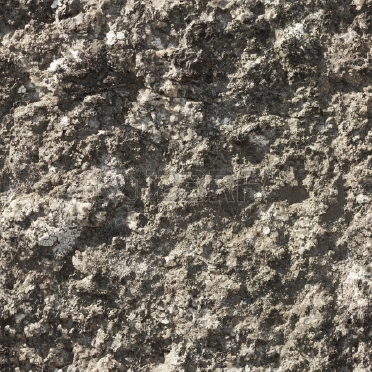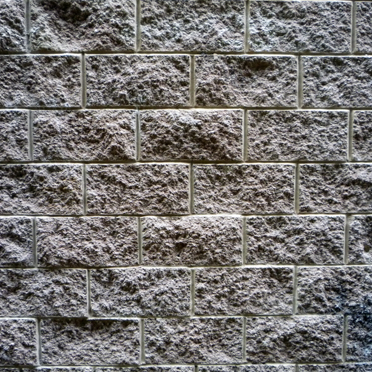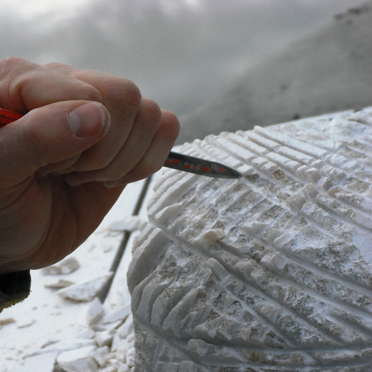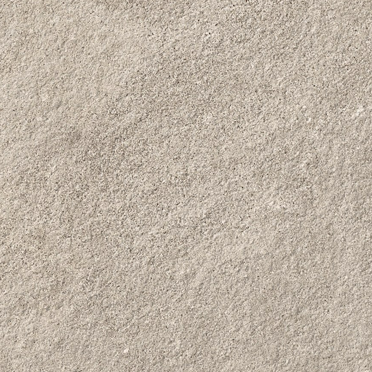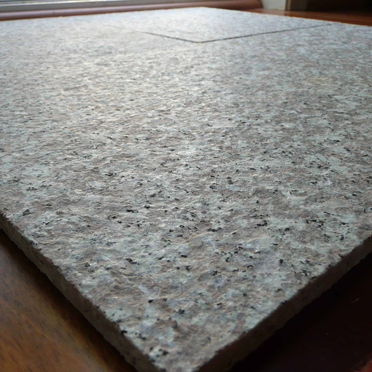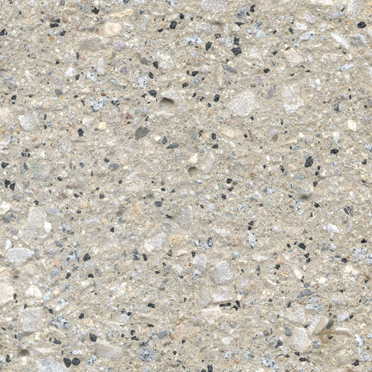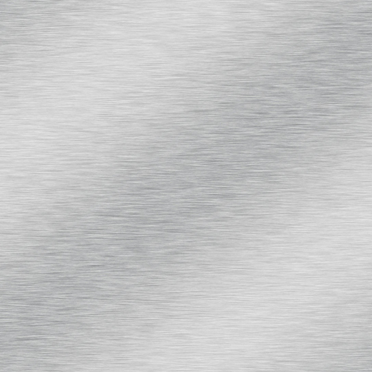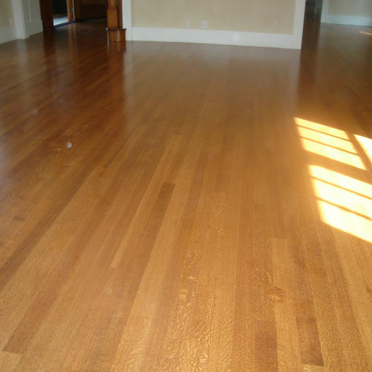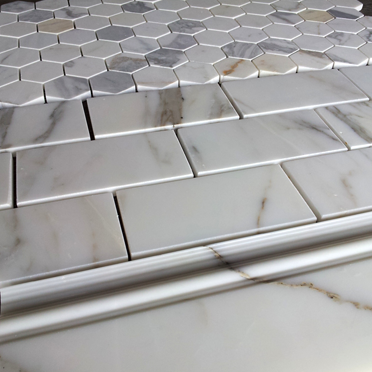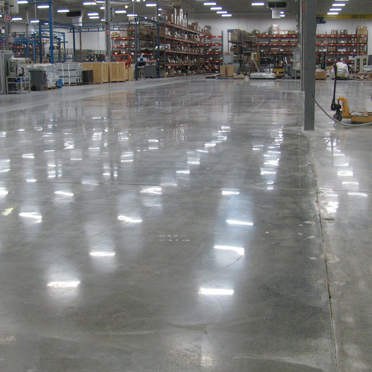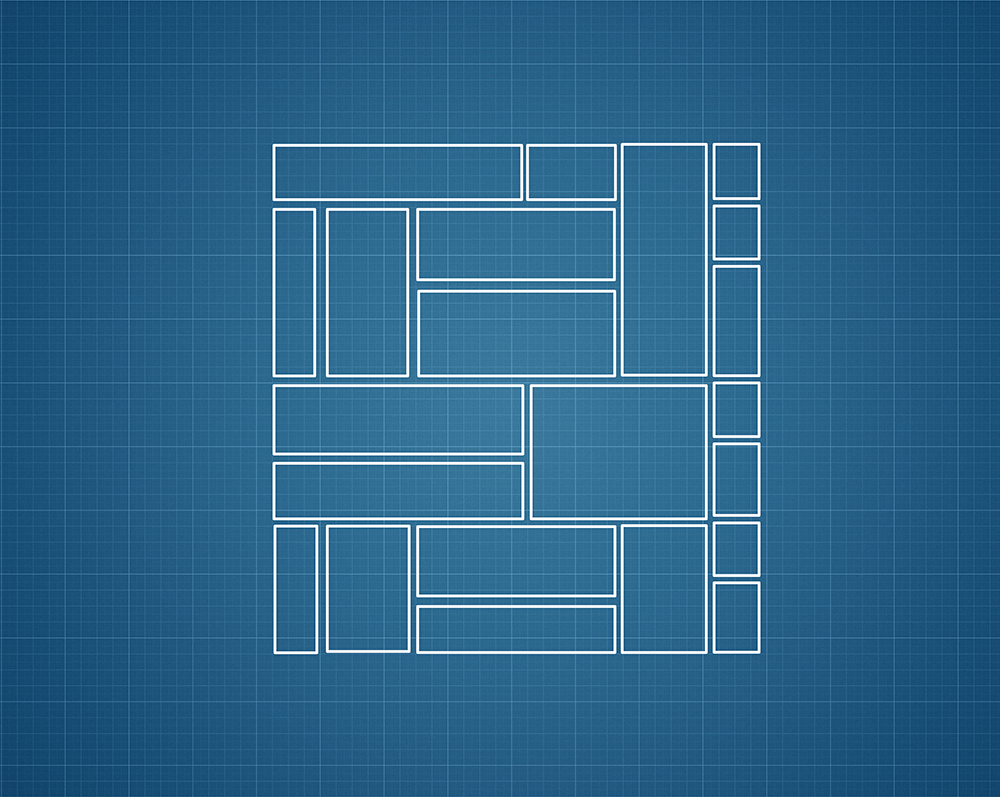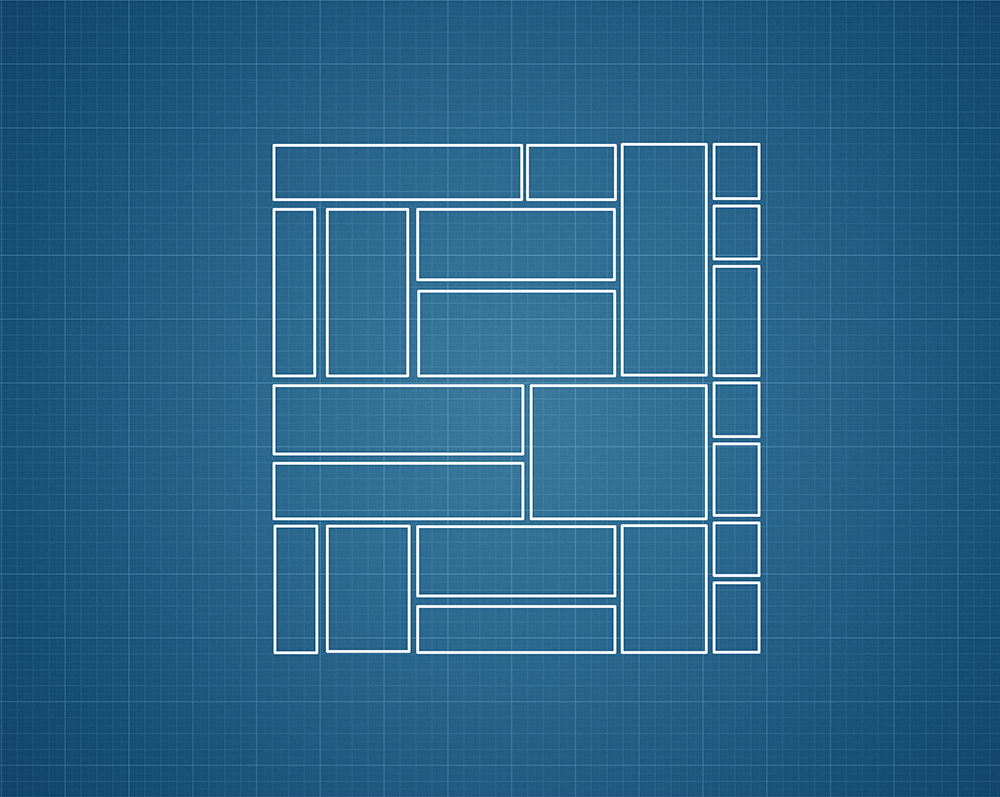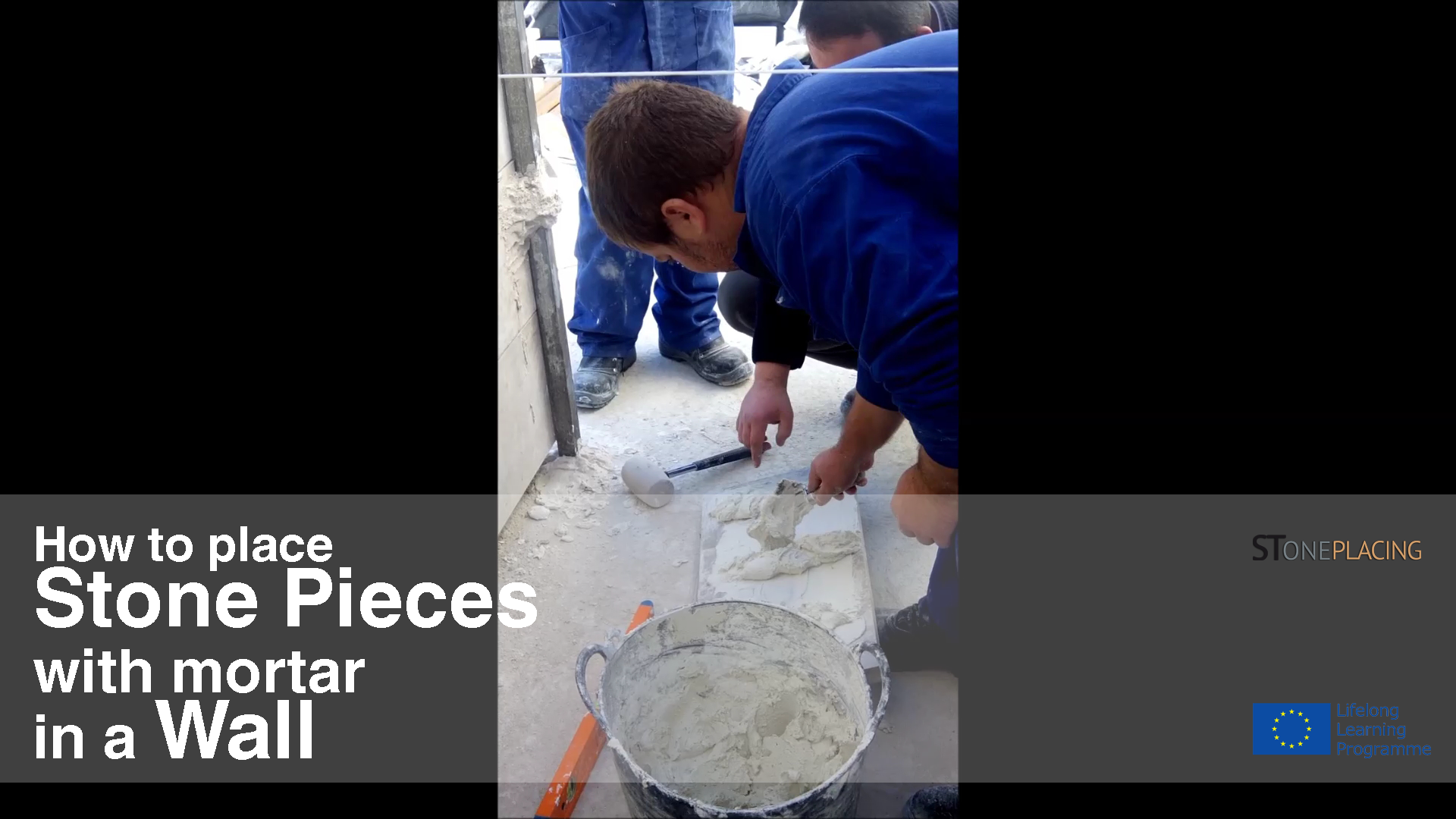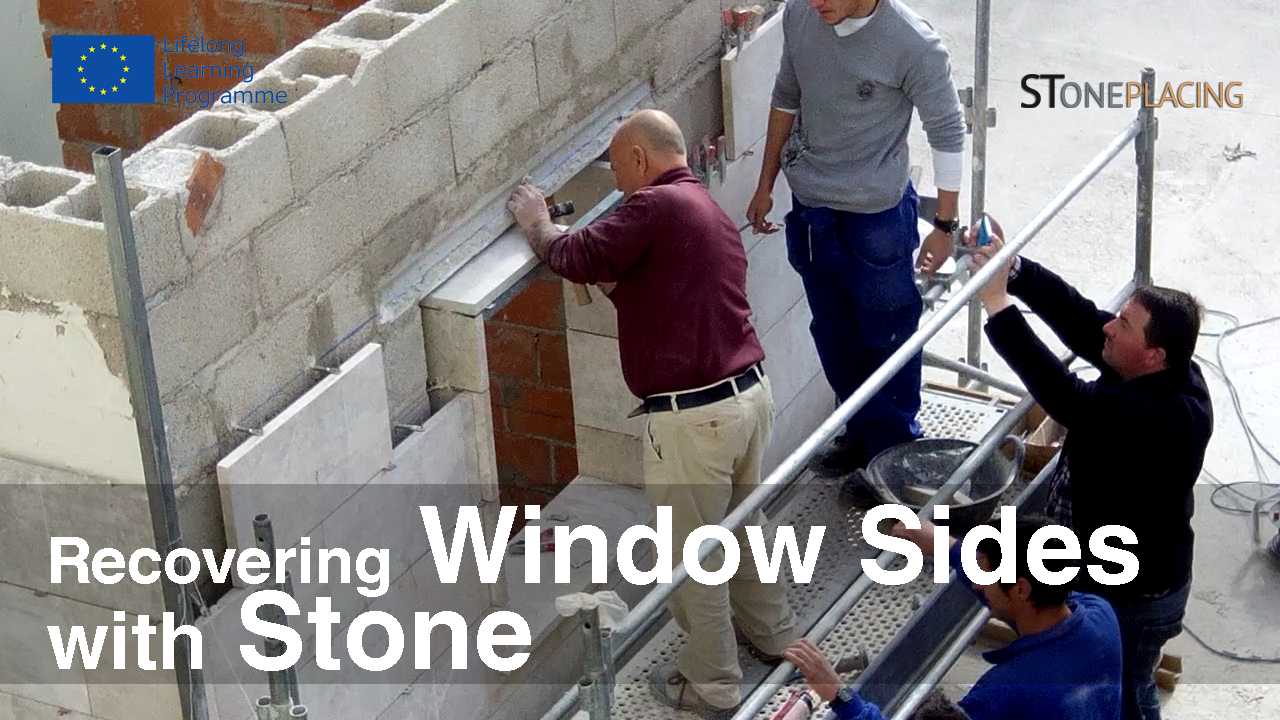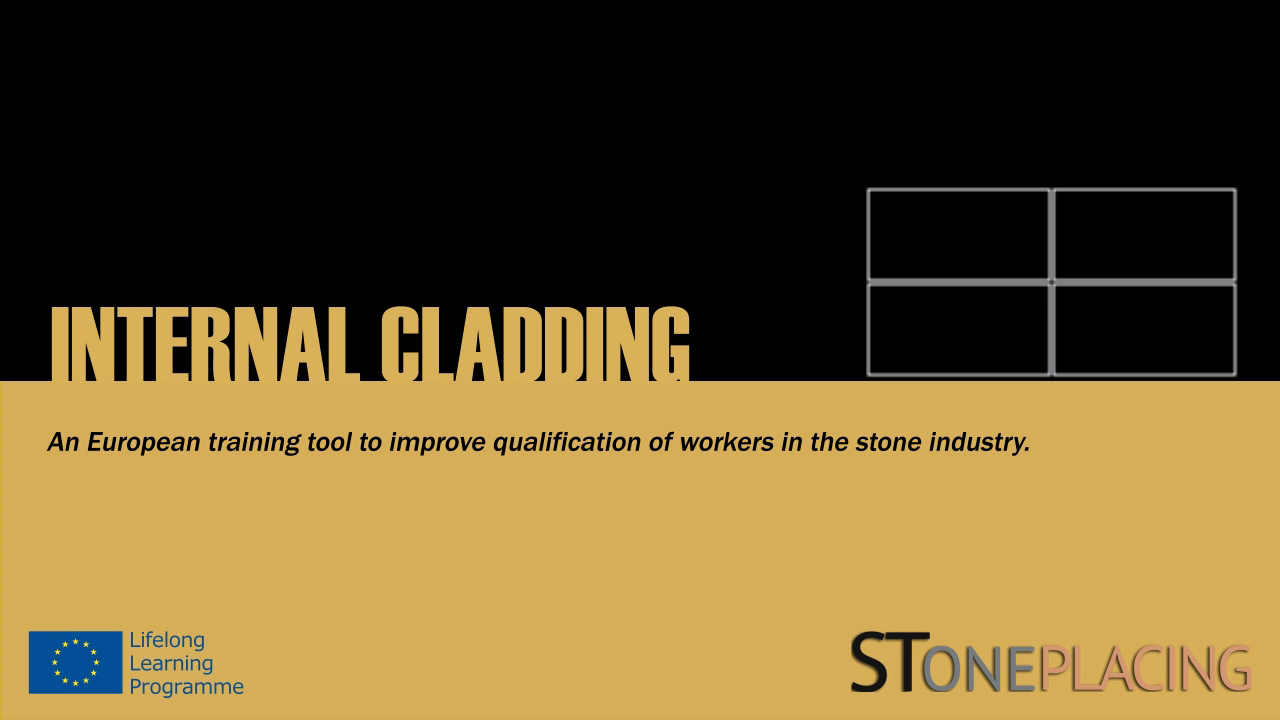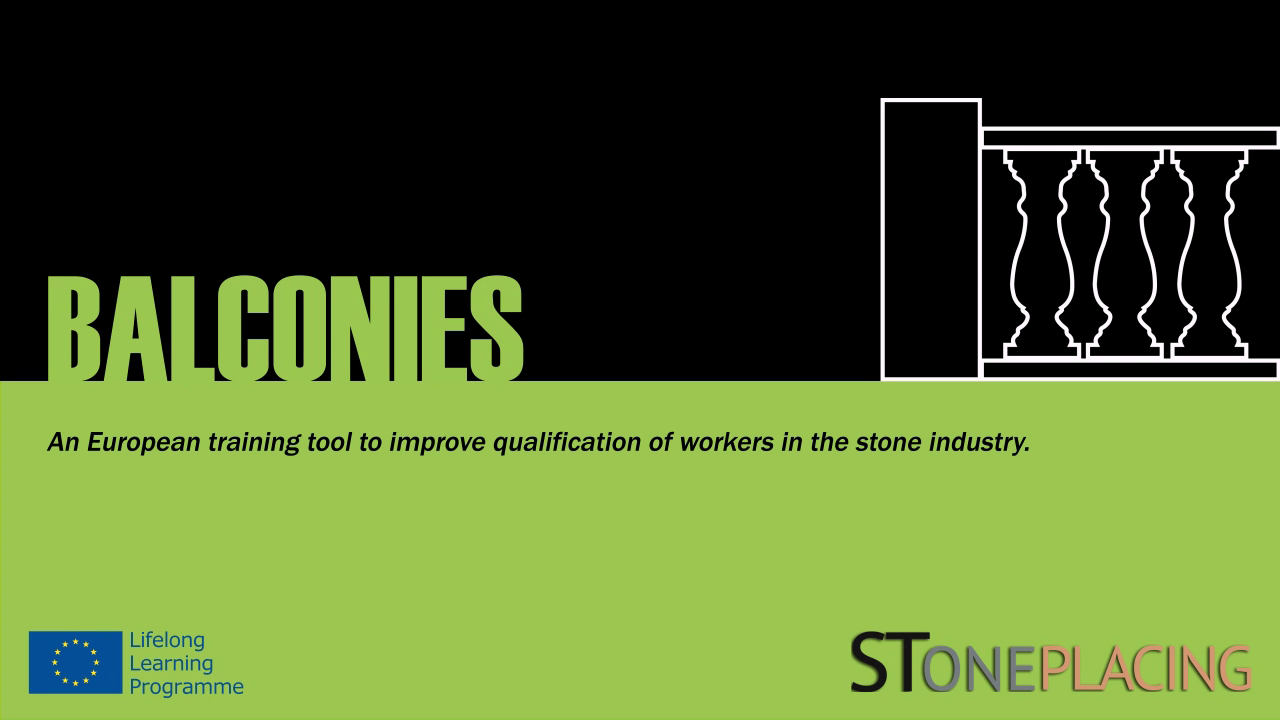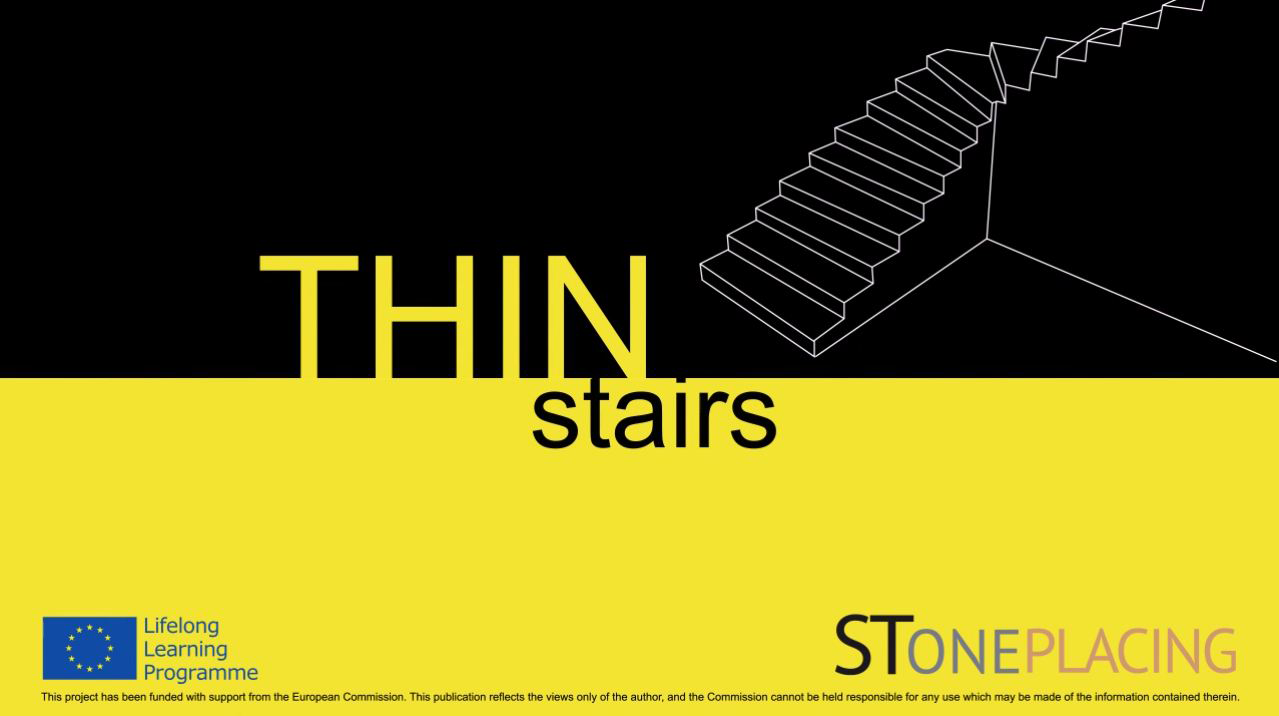The mortars and the glues
of dry sand
- From 800 kg to 1100 kg of cement.
- From 400 kg to 1000 kg of hydrated lime.
Cementitious adhesive are used according to recommendations of the manufacturer.
JOINTS
- 1,5 – 2 mm
- 2 – 10 mm
- > 10 mm
JOINTS
- 1,5 – 2 mm
- 2 – 10 mm
- > 10 mm
Remarks
TYPES OF MORTARo The mortar mix is chosen according to the use of the floor.
BINDER
o The proportion of binder varies from 250 to 325 kg for 1 m3 of dry sand.
o Consumption of binder for the grout can vary from 3 to 4 kg/m2 for a single layer up to 4,5 kg/m2 if a second layer is applied.
o It is better to use a low alkaline binder.
OTHERS
o The use of natural hydraulic lime is authorized for private use, the mix is 450 kg of lime for 1m3 of dry sand.
o To lay white or light coloured stones, use white lime or cement in the mortar mix.
o It is better to try the mortar mix on a sample of stone to see if stains appear before applying it to a great surface
